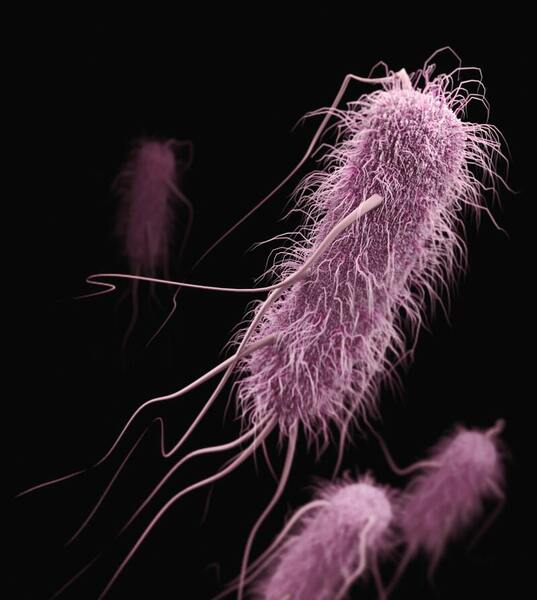How CAFOs affect Escherichia coli contents in surrounding water sources
(1) Columbia Independent School, Columbia, Missouri, (2) Department of Physical and Biological Science, Columbia College, Columbia, Missouri
https://doi.org/10.59720/22-108
Commercial Concentrated Animal Feeding Operations (CAFOs) produce large quantities of waste material from the animals being housed in them. These feedlots found across the United States contain livestock that produce waste that results in hazardous runoff. Water sources surrounding CAFOs become contaminated making the water unusable for humans, livestock, and uninhabitable for aquatic life. This study examines how CAFOs affect water sources by testing for Escherichia Coli (E. coli) content in bodies of water near CAFOs. We hypothesized that the level of E. coli content in water samples near CAFO sites will be higher than in water samples not near CAFOs sites. To test our hypothesis, private drinking water bacteriological tests were performed on water samples sourced within one mile of a CAFO and then compared to water samples sourced more than five miles from the nearest CAFO. We found an increase in the E. coli concentration in water source samples closer to CAFOs. This research is crucial to understanding the impact that CAFOs have on the environment. It also provides important information for those living near CAFOs so that they can make informed decisions regarding their use of nearby water sources.
This article has been tagged with: